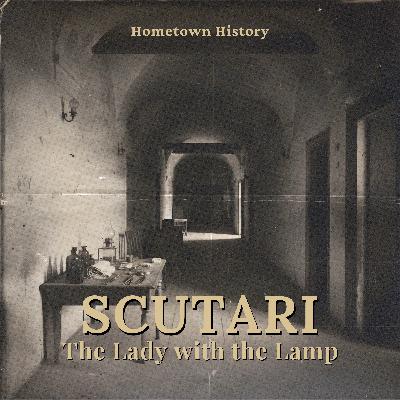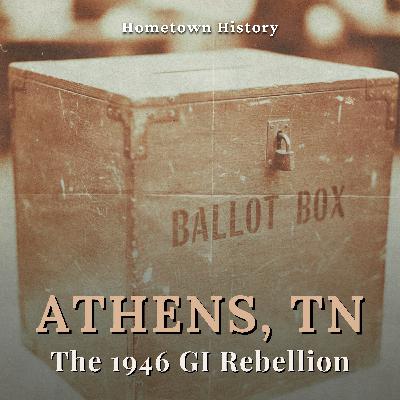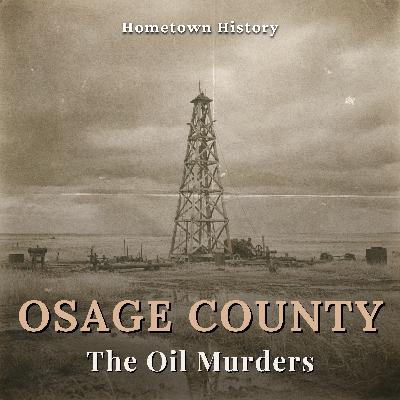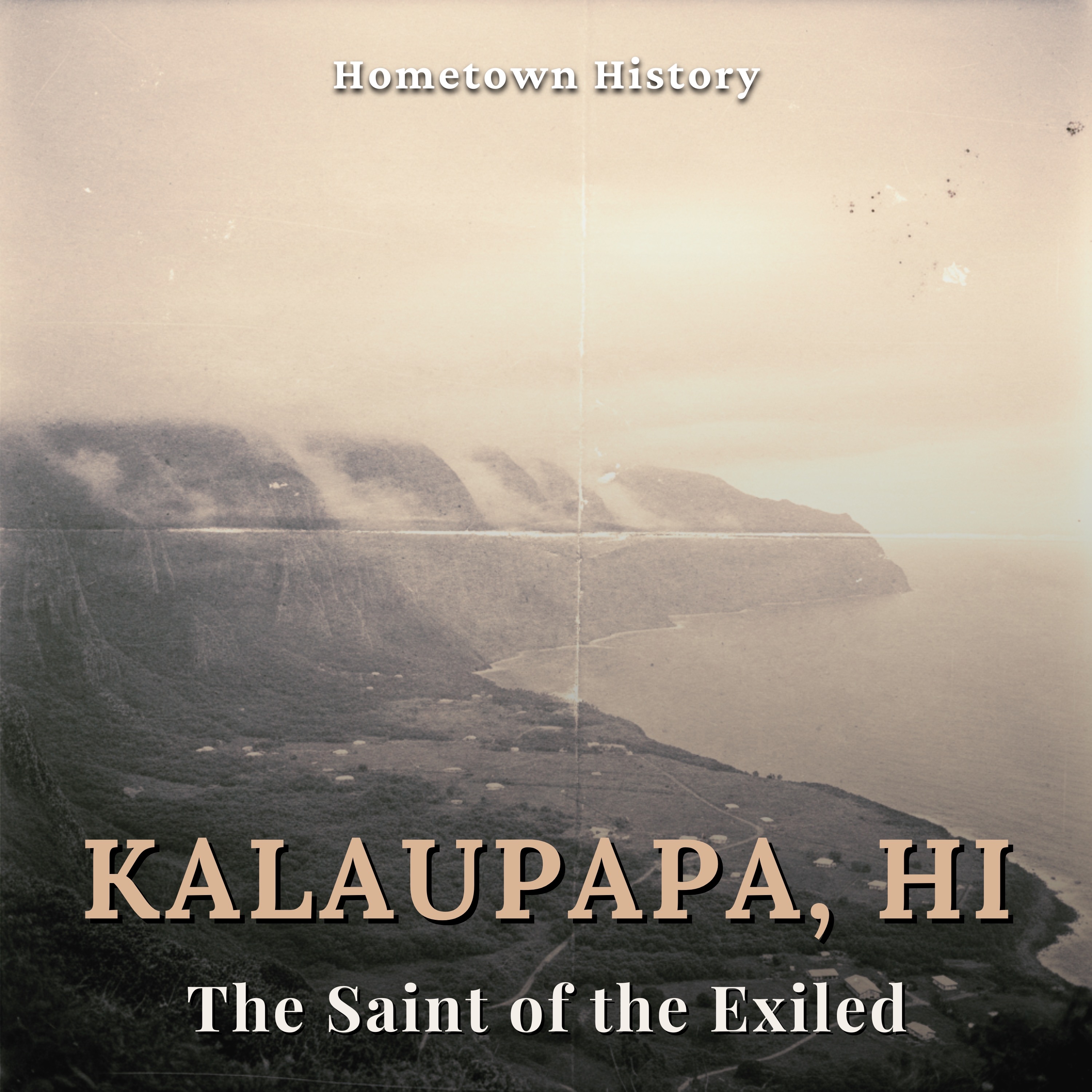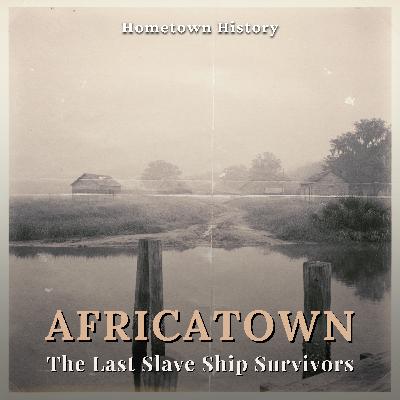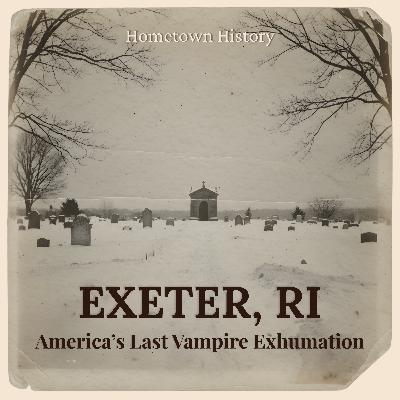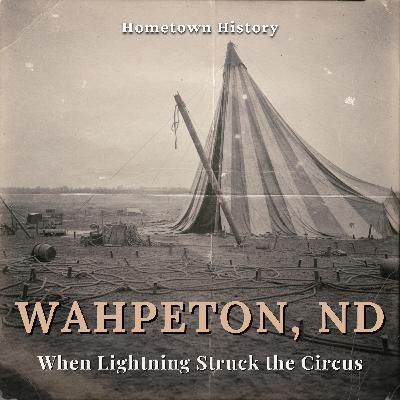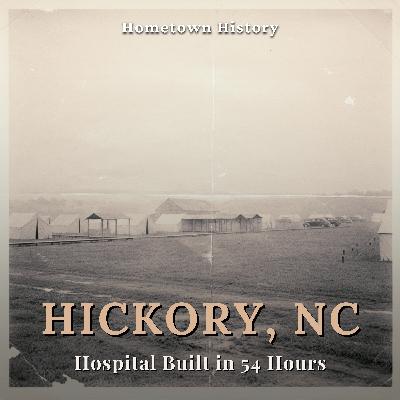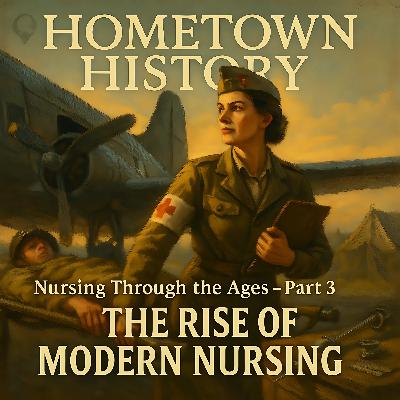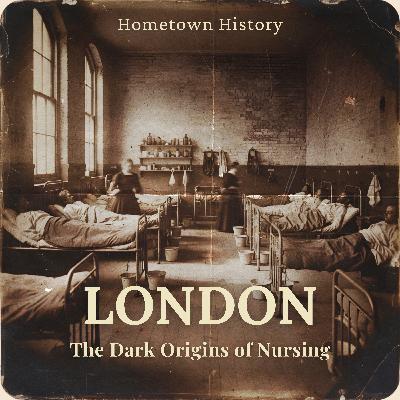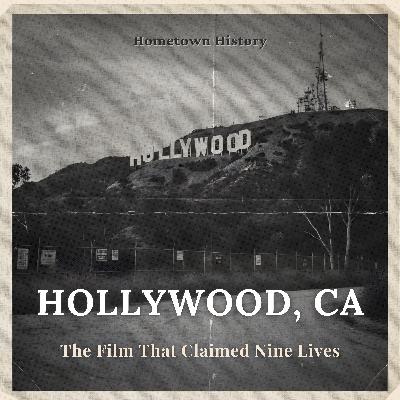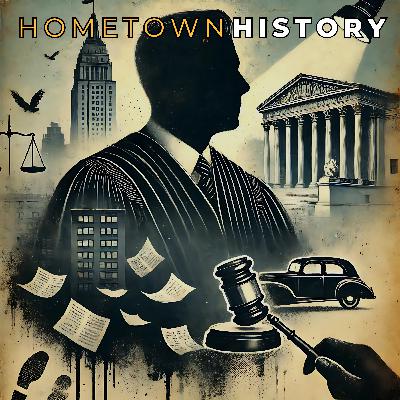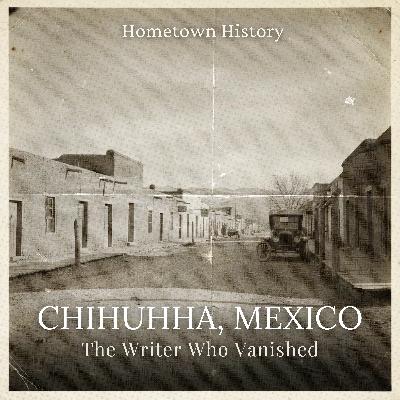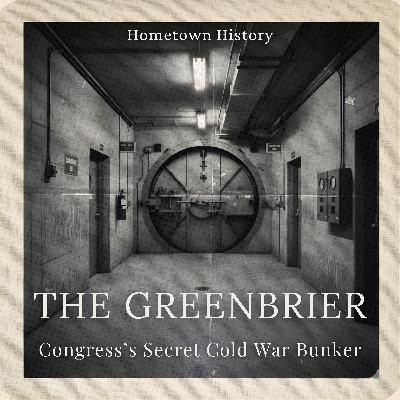The Lady with the Lamp: Florence Nightingale's War on Death
Description
It's 2:30 in the morning, November 1854. In a makeshift army hospital above the Bosphorus, rats scurry between cots as another stretcher swings through the door. Then footsteps. Light. A single oil lamp slices the darkness. Behind it, Florence Nightingale—the soldiers call her "The Lady with the Lamp."
At Scutari Barracks, Florence arrived with 38 nurses to find a cesspool: overflowing toilets leaking through ceilings, 42% mortality rate, men dying by the fifties. While she imposed order—washing stations, proper diets, laundries—across the peninsula, Mary Seacole, daughter of a Jamaican herbalist, built her own clinic after the War Office ignored her letters. Two women, two approaches, one revolution.
The breakthrough came when engineers tore up sewers and installed proper drainage. Mortality plummeted from 42% to 2.2% within two months. Florence turned the data into rose coxcomb diagrams—graphic proof that more men died from disease than battle. Her charts hit Parliament like a cannonball of colored ink. By 1892, their combined influence reached Indiana, where four Daughters of Charity opened the state's first formal nursing training school.
Discover how one lamp and two determined women dragged nursing into the modern era on Hometown History—where every hometown has a story worth preserving.
Episode Summary
Part 2 of our Nursing Through the Ages miniseries follows Florence Nightingale from her scandalous decision to become a nurse in 1851 to her transformation of Scutari Barracks during the Crimean War. While Florence battled bureaucracy, Jamaican-Scottish entrepreneur Mary Seacole financed her own clinic after being rejected by the War Office—saving hundreds with herbal remedies. Together, their work revolutionized nursing standards and public health policy, reaching Indiana by 1892 with the state's first formal nursing training school.
Key Locations
- Scutari Barracks, Turkey: Makeshift British Army hospital during Crimean War where Florence Nightingale reduced mortality from 42% to 2.2%
- Kaiserswerth Institute, Germany: Lutheran deaconess training facility where Florence learned nursing fundamentals (1851)
- British Hotel, Crimea: Mary Seacole's self-financed clinic and canteen serving soldiers at the front
- St. Vincent Hospital, Indianapolis, Indiana: Site of Indiana's first formal nursing training school (1892), influenced by Nightingale's reforms
- Wabash County General Hospital, Indiana: Built 1913, required student nurses to study Nightingale's Notes on Nursing
Timeline of Events
- 1820: Florence Nightingale born in Florence, Italy
- 1851: Florence trains at Kaiserswerth Institute, Germany
- November 1854: Florence arrives at Scutari Barracks with 38 nurses; mortality rate at 42%
- March 1855: British Sanitary Commission (Robert Robinson, Dr. John Sutherland) installs proper sewage drainage
- May 1855: Mortality rate drops to 2.2% following sanitation improvements
- Mid-1850s: Mary Seacole operates British Hotel clinic in Crimea after War Office rejection
- 1892: Four Daughters of Charity open Indiana's first nursing training school (St. Vincent Hospital, Indianapolis)
- 1910: Florence Nightingale dies; nearly every major U.S. city has established nursing schools
- 1913: Wabash County General Hospital built; requires Nightingale curriculum for student nurses
Key Figures
- Florence Nightingale (1820-1910): British social reformer, statistician, founder of modern nursing; created rose coxcomb diagrams proving disease killed more soldiers than battle
- Mary Seacole (1805-1881): Jamaican-Scottish nurse and businesswoman who self-financed medical care for Crimean War soldiers; posthumously honored with statue at St. Thomas's Hospital
- Robert Robinson & Dr. John Sutherland: British Sanitary Commission engineers who installed proper drainage at Scutari, enabling the dramatic mortality drop
- The Soldiers: Called Florence "The Lady with the Lamp" for her nighttime rounds with oil lamp
Related Hometown History Episodes
- Episode 164: Nursing Through the Ages, Part 1 - Ancient Rome to medieval monasteries
- Episode [TBD]: The Radium Girls - Women's health advocacy and workplace safety reforms (if applicable)
- Episode [TBD]: Indiana Medical History - Regional healthcare innovations (if applicable)
Sources & Further Reading
- Nightingale, Florence. Notes on Nursing: What It Is, and What It Is Not (1860)
- Seacole, Mary. Wonderful Adventures of Mrs. Seacole in Many Lands (1857)
- British Library: Crimean War Collection - Primary documents and soldier letters
- Notes on Matters Affecting the Health, Efficiency, and Hospital Administration of the British Army (1858) - Nightingale's statistical report to Parliament
- McDonald, Lynn. Florence Nightingale: The Nightingale School (Wilfrid Laurier University Press, 2009)
- Robinson, Jane. Mary Seacole: The Most Famous Black Woman of the Victorian Age (Carroll & Graf, 2005)
- Indiana State Board of Health Records: St. Vincent Hospital Nursing School archives (1892)
- Wabash County Historical Society: General Hospital records and nursing curriculum (1913-1950s)
Engagement Call-to-Action
Do you have a nursing hero from your hometown? Maybe someone who held the lamp—or flashlight—over your hospital bed at 3 a.m.? Reach out at [email in show notes].
Follow Hometown History:
- Apple Podcasts | Spotify | Your favorite podcast app
- Leave a review and share with one history-loving friend
Support this podcast at — https://redcircle.com/hometownhistory/exclusive-content
Advertising Inquiries: https://redcircle.com/brands

